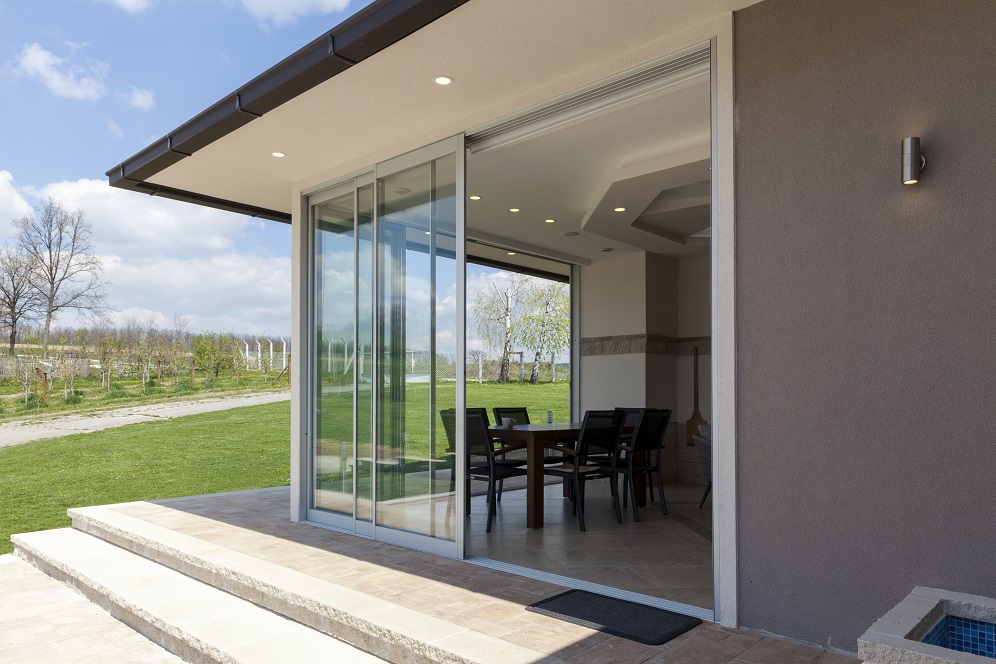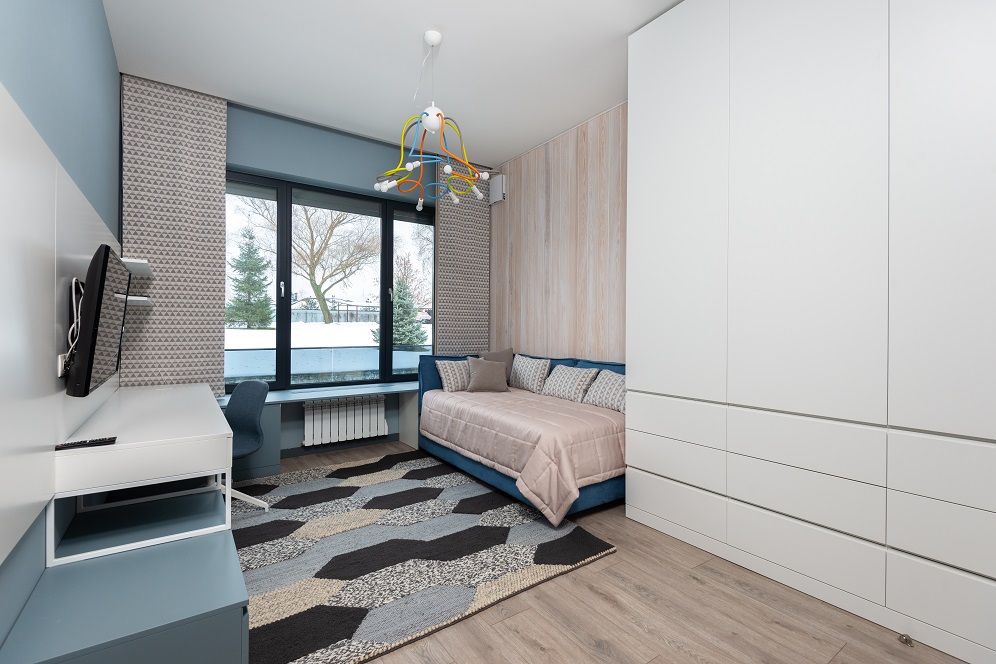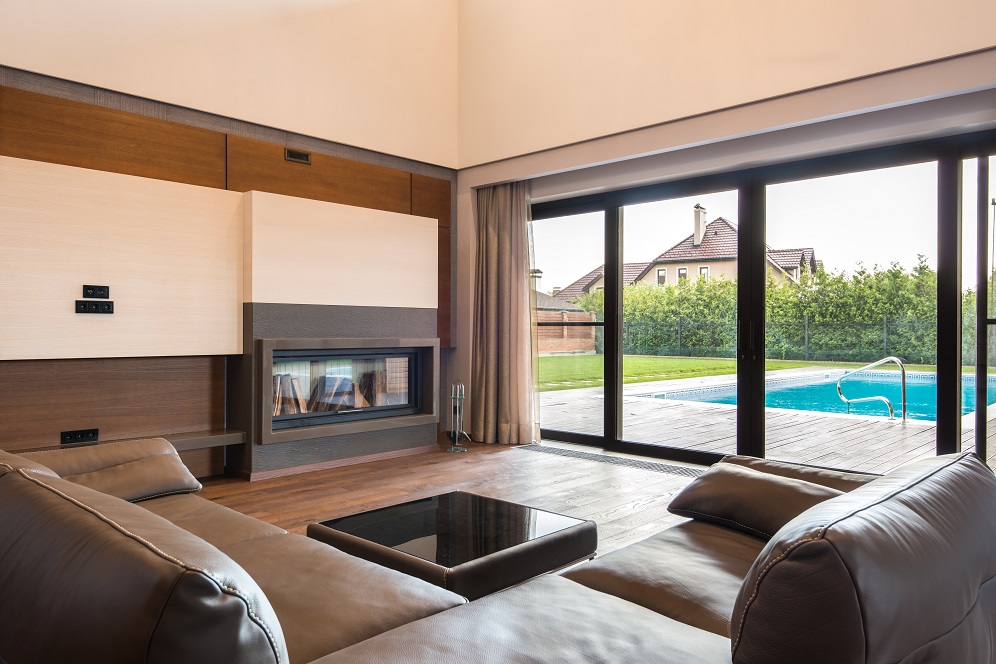High-performance windows and the energy-efficient home
Text: Nitin Mehta, Executive Director, ALCOI
Windows enhance a home’s aesthetic and functional value, but they make modern homes equally efficient. Older homes are generally poorly-insulated, which make residences warmer in summer and colder in winters. As a result, we hugely depend on electric modes of heating and cooling. Poorly-insulated homes, also called thermal holes, cause a structure to lose thirty per cent of its heating or cooling energy. We see a higher impact on non-existing insulation around the window framing, which is why we must have high-performance windows to benefit the carbon footprint and utility bills.
Due to increasing sustainability requirements, a climate-responsive window design is essential. This happens with intelligent daylight design, as they manage energy consumption, daylight and occupant wellbeing. When choosing high-performance windows in the market, look for the following aspects:
- Ventilation
Windows are classified as operable and fixed. Fixed windows cost less and are airtight due to no moving parts, while operable or flexible ones provide ventilation, are energy-efficient and are available in different styles.
- Triple-pane glazing
As the name suggests, such windows have three glass panes that offer higher insulation and energy-efficient properties than single or dual-pane windows.
- Low-emissivity (Low-E) coating
The glass is coated with an invisible metallic coating, which keeps heat inside during winters while blocking harmful ultraviolet rays.
- Insulating spacers
Also called warm-edge spacers, they provide a thermal break between the window panes to minimise condensation around the window edges.
- Argon gas fill
Argon gas-filled windows reduce heat loss and insulate between the window panes.
- Low U-value
The U-value of a window helps determine its heat loss rate, as windows with a lower U-Value have better-insulating properties.
- High energy rating (ER)
High Energy Rating (or ER) combines the U-value, air leakage, and solar heat gain into a single number for an overall rating.









